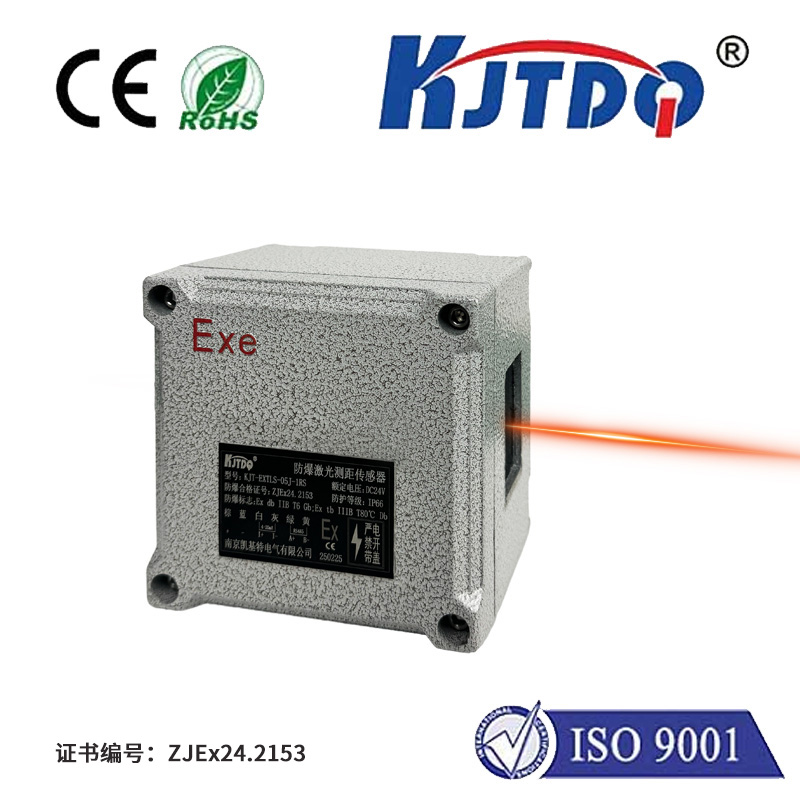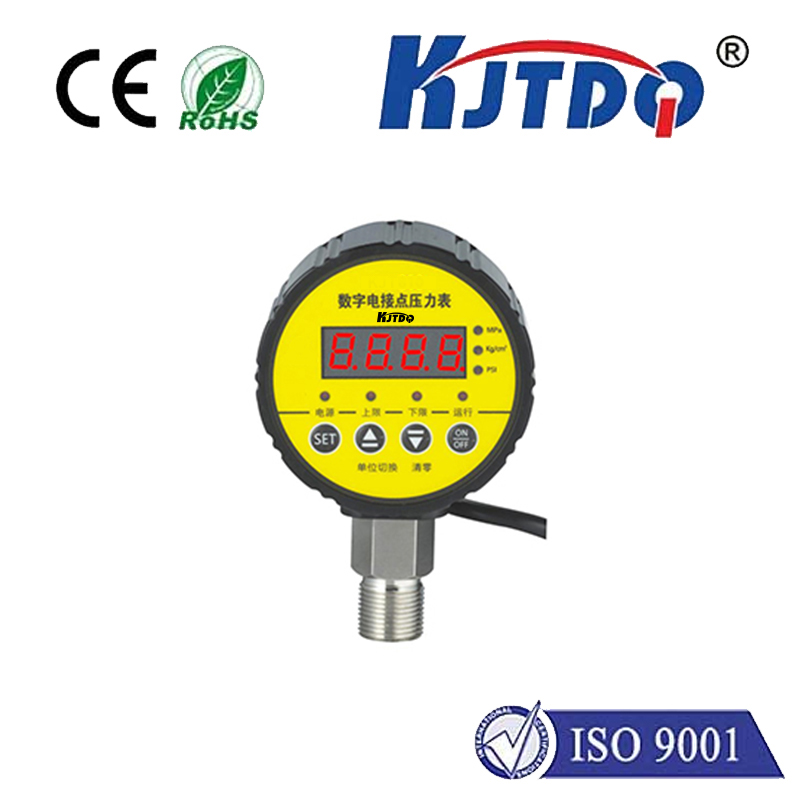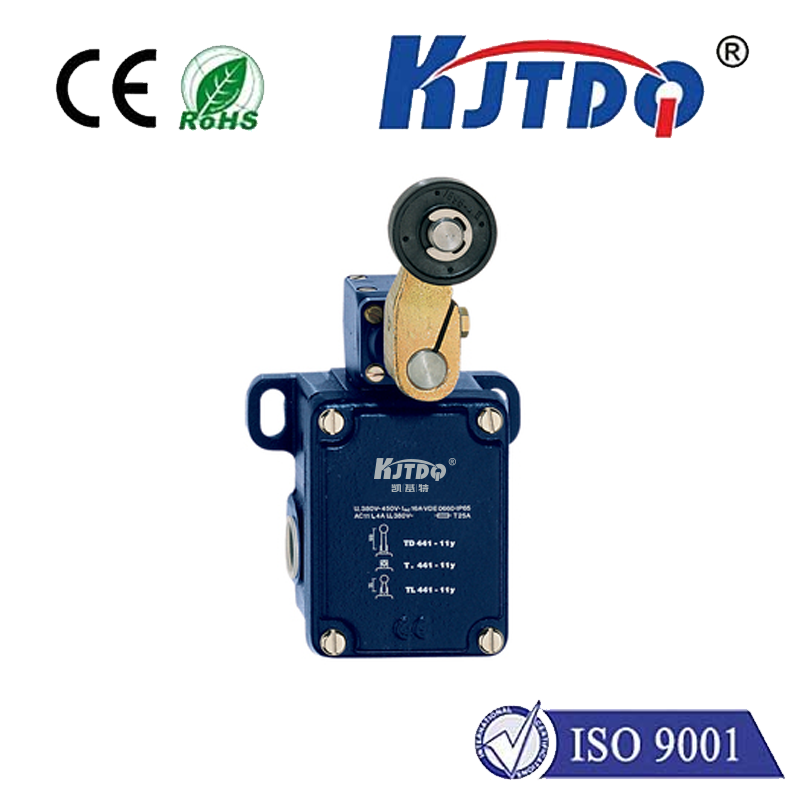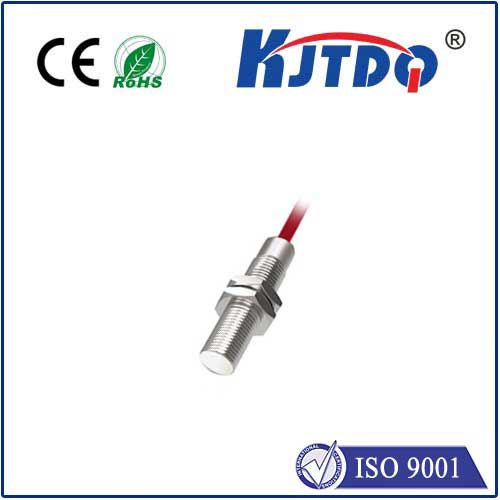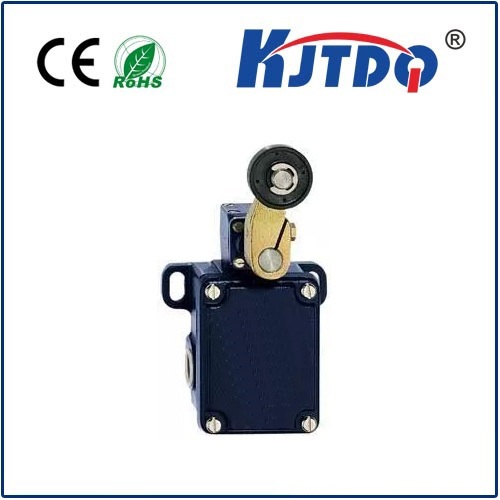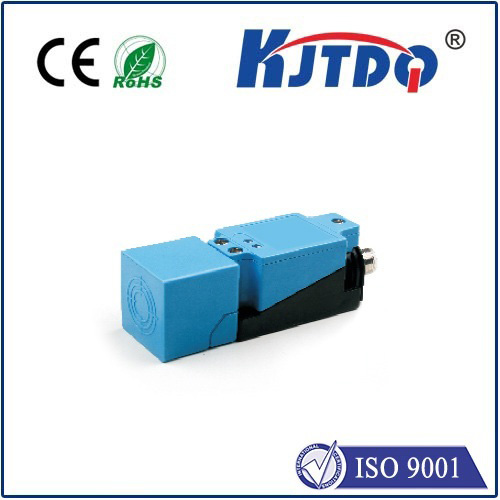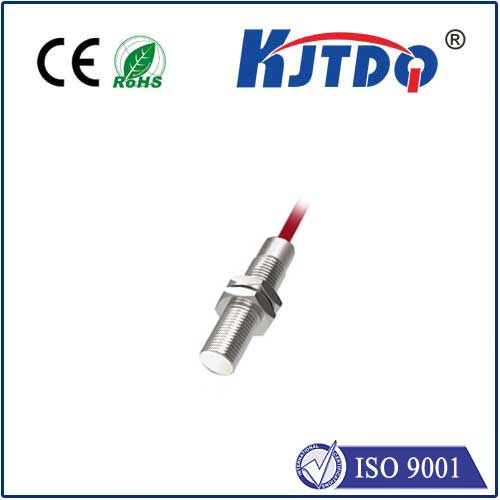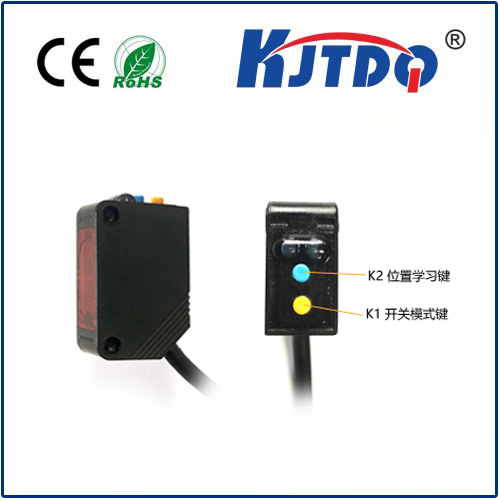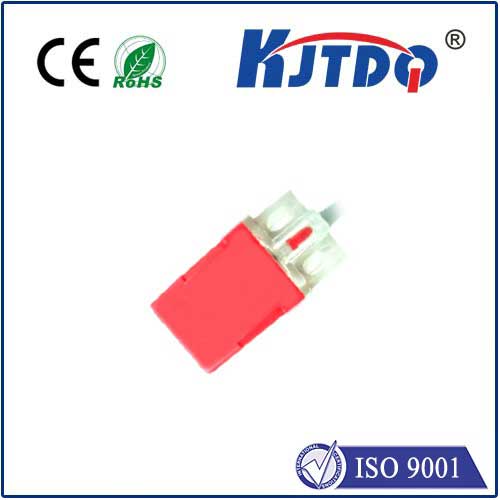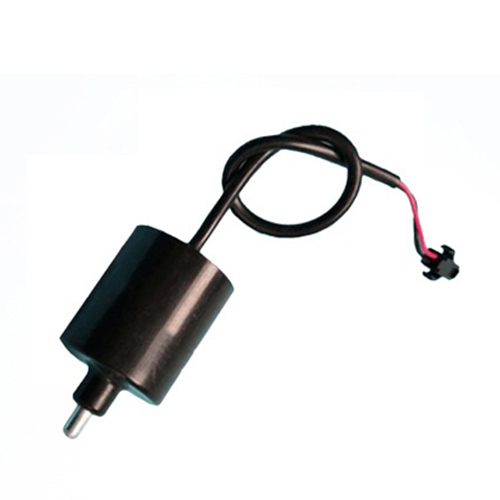position and cross limit switches
- time:2025-08-06 13:18:59
- Click:0
Position and Cross Limit Switches: The Critical Duo Safeguarding Industrial Motion
Imagine a robotic arm moving at high speed towards its programmed position. Now, envision what happens if its primary stopping mechanism fails. The potential for catastrophic collision, damage, or injury becomes terrifyingly real. This is the high-stakes world where position limit switches and their essential partners, cross limit switches, step in as the unsung heroes of industrial safety and precision control. Understanding their distinct roles and vital synergy is fundamental for reliable automation.
What Are Limit Switches? The Foundation
At their core, limit switches are electromechanical devices designed to detect the presence or absence of an object or to monitor its travel position. They act as sensors, typically activated by physical contact with a moving part (like a cam, machine slide, or the object itself). Once triggered, they send a discrete electrical signal (e.g., open or close a circuit) to a control system, most commonly a Programmable Logic Controller (PLC) or a dedicated drive controller.
Their core function is straightforward: tell the control system “something has reached this specific point” or “something is here (or not here).” They form the bedrock of position verification and safe travel boundaries in countless machines.
Position Limit Switches: Defining the Boundaries

Position limit switches, often simply called “limit switches,” are primarily used to define the normal operational boundaries of a machine axis or moving component. They answer the fundamental question: “Has the moving part reached its intended destination?” or “Is it within its safe operating envelope?”
- Typical Applications:
- Signaling the end of travel for linear actuators, slides, or conveyor sections (
End-of-Travel Switches).
- Indicating when a rotating table has indexed to the correct position.
- Confirming that a door, gate, or guard is fully closed or open.
- Triggering the next sequence in a machine cycle once a part is in place.
- Function: They provide the essential feedback for normal process control sequencing and ensure components move only within their designed physical range. Think of them as the traffic lights controlling the flow within the designated streets of your machine’s operation.
Cross Limit Switches: The Critical Safety Net
Cross limit switches, also known as over-travel limit switches or backup limit switches, serve a fundamentally different and critical purpose: safety redundancy. They are positioned strategically beyond the normal operating range defined by the standard position limit switches.
- Why “Cross”? The term “cross” signifies their position relative to the expected path defined by the primary limits. They lie “across” the boundary where safe operation ends and potential danger begins.
- Critical Function: Their sole purpose is to act as a fail-safe. They are the last line of defense.
- Activation Scenario: If a moving component travels past its intended stopping point (defined by the primary position limit switch) – due to a malfunctioning position switch, control system failure, mechanical jamming, motor runaway, or brake failure – it will physically activate the cross limit switch.
- Severe Action: Crucially, triggering a cross limit switch must initiate a response designed to halt movement immediately by the safest means possible. This typically involves:
- Removing motor power via a safety relay or contactor (often called a
Safe Torque Off - STO function).
- Engaging mechanical brakes.
- Initiating a Category 0 Stop (as defined in safety standards like ISO 13849) – immediate, uncontrolled power removal.
The Indispensable Synergy: Position + Cross
This pairing is not optional; it’s a fundamental requirement for safe machine design, especially for machinery involving significant force, speed, or potential hazards. Here’s why they work together:
- Position Switches Handle Normal Operation: They provide the precise feedback needed for accurate positioning and control during the machine’s intended cycles. They ensure smooth, efficient operation within safe boundaries.
- Cross Switches Handle Critical Failure: They provide independent verification that a potentially dangerous out-of-control motion has occurred, regardless of why the primary position switch failed to stop it. Their separate physical location and dedicated safety circuit make them inherently redundant.
- Compliance with Safety Standards: Modern machinery safety standards (ISO 13849, IEC 62061) mandate that safety functions, like preventing hazardous movement beyond limits, often require redundant channels and high Safety Integrity Levels (SIL or PLr). The combination of a position limit switch (part of normal control) and a separate cross limit switch (dedicated safety) is a common and effective approach to meet these requirements. Safety redundancy is not a luxury; it’s an imperative.
Key Differences Summarized:
| Feature |
Position Limit Switch |
Cross Limit Switch |
| Primary Role |
Process Control & Normal Boundaries |
Safety Redundancy & Hazard Prevention |
| Location |
Defines normal operating range endpoints |
Positioned beyond normal operating range |
| Triggering |
Activated during normal operation |
Activated only in failure scenarios |
| Action |
Signals PLC to stop normal motion sequence |
Directly cuts power via safety circuits |
| Criticality |
Essential for function |
Essential for personnel and asset safety |
| Circuit Type |
Often part of standard control circuit |
Dedicated safety circuit (e.g., safety relay) |
Integrating Them Effectively
- Physical Placement: Cross limit switches must be mounted securely beyond the point where the position limit switch should stop the motion. They require sufficient clearance to activate before physical collision or danger occurs. Rigorous guarding is essential to prevent accidental activation during maintenance.
- Circuit Independence: The cross limit switch circuit must be distinct from the standard control circuit powering the position switch. It must directly control a safety relay capable of forcing motor drives into a safe state (
STO) or engaging brakes. Never simply wire both switches into the same standard PLC input point expecting redundancy; a single PLC input failure defeats the purpose.
- Monitoring: While cross limit activation signifies a fault, monitoring the state of position limit switches during normal operation is crucial for detecting early failures and preventing situations where the cross limit might be the only defense. Regular functional checks (
proof testing) of both types of switches are vital maintenance tasks.
Beyond Basic Switches: Modern Variations
While traditional electromechanical limit switches are robust and widely used, modern equivalents exist:
- Non-Contact Switches: Inductive, capacitive, or optical proximity sensors can serve as position switches in dirty environments or where physical contact is undesirable. However, cross limit functions often still favor physical-contact switches for their inherent mechanical reliability and ability to be positively driven into the safe state even in power loss scenarios.
- Encoder-Based Limits: Rotary or linear encoders provide continuous position feedback, allowing virtual limits to be programmed within the controller. While powerful, redundant physical cross limit switches are still crucial as a separate safety layer independent of the encoder and controller integrity.
The Undeniable Imperative
Ignoring the need for cross limit switches is gambling with safety. Position switches manage the journey; cross limit switches are the emergency chute deployed only when the brakes fail. They are not an afterthought but a core safety component, mandated by design principles and international






